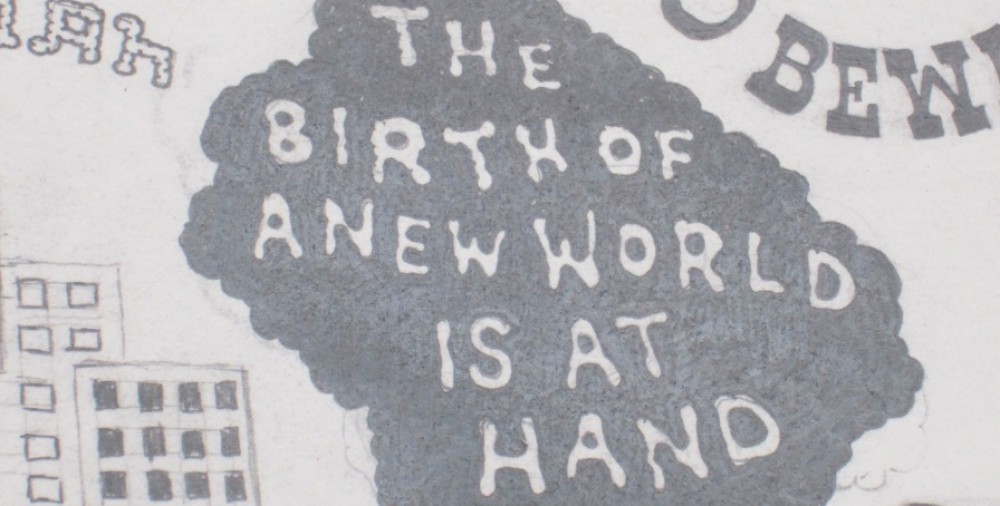While reading The Ones Who Walk Away from Omelas by Ursula Le Guin, we can observe at first instance that the author uses a lot of descriptive imagery to make the reader a sensation of being physically there. On the first page, through all the imagery we can see that Omelas is going through a festive time with parades, decorated horses and a very natural and calming setting. Yet towards the last paragraph of the first page we begin to obtain another perspective of the individuals of Omelas. Le Guin began to describe how even though it was a joyful moment, people in reality had begun to lose the real feeling and sensation of happiness, and thus all their superficial joy was unreal and the tradition archaic. After the second page I did notice that Le Guin began to use less imagery and it began to get more confusing, to me it seemed as if there was some type of internal conflict of the narrator. I was extremely surprised to read that in a basement they held a child locked, and especially how Le Guin used imagery once again to emphasize the horrible living conditions. By this literary device I felt a sense of darkness and grieve. It was even more surprising to read that citizens of Omelas did this as a tradition and how this action gave them intelligence and good fortune. Overall in this story Le Guin used imagery to portray the overall important actions which at times seemed to be full of paradox.
The Day Before the Revolution also by Le Guin contained a vast amount of imagery throughout the story. I found this story very confusing at first and had to re-read it various times, but I was able to understand how Le Guin transition between scenes such as shown on the top of page two. It begins with a dream and the last paragraph ends by stating “She feared to fall, to fall, she stopped” but the following paragraphs begins with descriptions of the surroundings around her sleeping body such as the “Sun, bright morning-glare.” We gain a perspective of her dream yet also of her surroundings and I also noticed how she loved her husband Taviri through his constant mention throughout the story and how he was described. Le Guin keep transitioning between her past and present and comparing both for example on the second paragraph of page four the following is mentioned “they had grown up in the principle of freedom of dress and sex and all the rest, she hadn’t. All she had done was invent it.” In this sentence we can see how she was very liberal and lived her life as well as taking part in a social movement in her early years yet the new generation consider the freedom of dress and sex to be a principle of theirs, not knowing that this old lady had done this and much more. Then we learn about her letters which were written during her time in prison which she used to let her emotions out and be able to move on, yet people were taking it as an interpretation of “spiritual strength”. While reading the short story I started to notice how Le Guin portrayed her as an old woman whom is poor and is physically not well, yet as the story progresses and we gain a glimpse of her past and everything she had to go through. This made me think of how things are not always as they seem.



